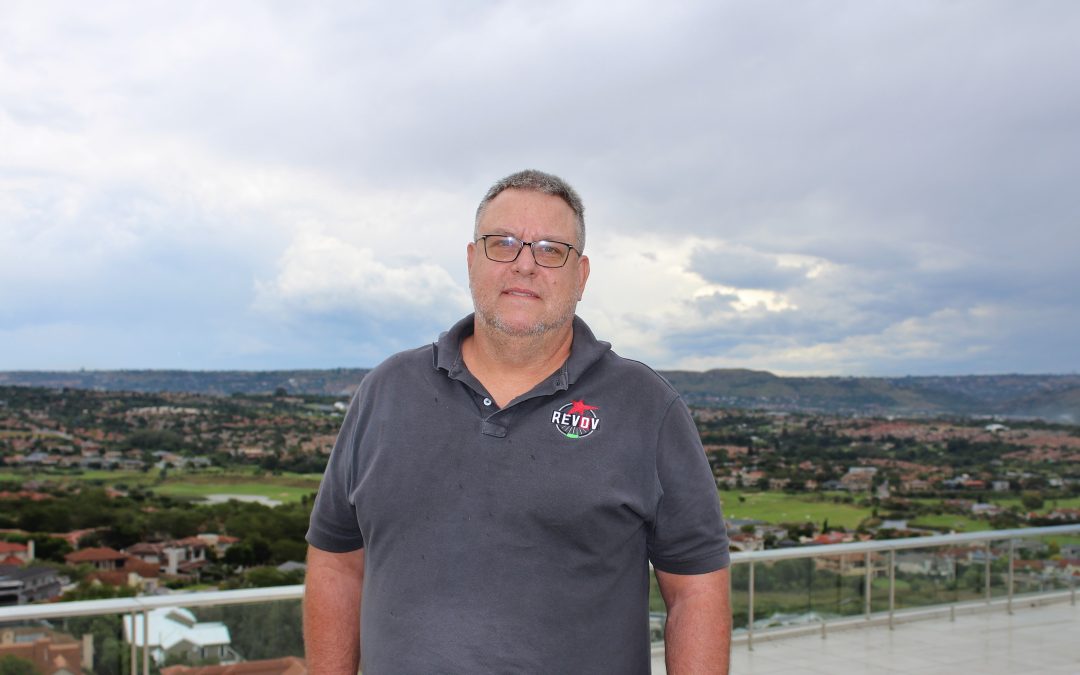By Lance Dickerson, MD at REVOV
As the country tries to settle into a multiparty government for the first time since 1994, with many still uneasily grateful for a prolonged respite from load shedding, the City of Johannesburg recently announced that it would be implementing load reduction to protect its infrastructure.
This, coupled with the need to shut down more coal power stations if the country is to benefit from climate finance, means the country faces a two-pronged challenge: It needs new renewable energy quickly and at scale, and it needs to sort out its distribution network quickly or all industries, you and I will continue to pay the price. This is, with any lens, a huge conundrum but, as we like to say, there is a battery for that.
There’s a significant lobby and party-political support for coal, so taking a clean energy future for granted may well be premature. We simply must amplify renewable energy activism, and give credit where credit is due.
Former Eskom Chief Operating Officer Jan Oberholzer, in his new prominent role spearheading independent power producer Mulilo’s R55-billion investment in renewable energy, with batteries playing a significant role, deserves credit. This, read against the backdrop of President Cyril Ramaphosa’s announcement that it will be providing a new timeline to shut down more coal power plants in a bid to secure just south of R50 billion in climate financing, shows us clearly the trajectory we are on if nothing drastic changes.
This future could well see South Africa at the forefront of the circular economy if 2nd LiFe enters the equation. 2nd LiFe batteries have a significantly reduced carbon footprint – upwards of 80% less carbon footprint compared to traditional LifePO4 Lithium batteries as they’ve essentially paid for their carbon cost in their first life as electric vehicle battery cells.
Now that we have long-term data on in-the-field performance of 2nd LiFe batteries — which comprise good EV cells that are removed when EV batteries are changed — it is abundantly clear that they perform on par with, and often better, than traditional first-life batteries. They also have superior safety specifications along with their ability to tolerate harsh operating conditions.
Providing storage capacity for renewable energy power plants, using the carbon-friendly 2nd LiFe option, puts money where mouths have been for some time, and that is genuine action to protect the planet. The 2ndLiFe industry in South Africa — the genuine 2nd LiFe with proven EV cells — has an almost limitless supply of batteries and can easily scale with utility-level demand.
The second part of the country’s conundrum, after supply, is what the electricity minister called South Africa’s next energy crisis — crumbling infrastructure.
While the country hasn’t had load shedding for months, people in areas around the country have been having awful experiences with no power. In the west of Johannesburg, households and businesses are having incessant power cuts, some lasting a few hours. others more than a day, while another lasted almost a week — all because of crumbling, unreliable infrastructure. It’s not just Roodepoort, towns all over the country are in the same boat. City Power’s strategy of load reduction to protect its electricity infrastructure should be understood in this context.
Households and businesses haven’t just sat around and waited. Those who can, are protecting themselves from erratic and unreliable electricity supply. There’s been a huge investment in solar in the residential sector and across industries. In fact, behind-the-meter power – that is power generated from solar installations on roofs of businesses and homes – has played a significant role in the reduced energy demand that is keeping Eskom off the hook and load shedding at bay.
However, everyone with a solar panel should take a leaf from Oberholzer’s book. Without sunshine, a solar panel is just a roof tile. Power that is generated and not used needs to be stored in batteries to ensure power supply when the sun isn’t shining. As we head into winter, solar output will be affected and those without batteries will feel it.
Beyond this, a solar installation will only produce as much electricity as is demanded. However, if specced properly with inverters and batteries, an installation will produce the amount of power it is designed to handle. Simply speaking, a 50MW solar plant will only produce 1MW of electricity if that is all the grid demands. However, it will produce 1MW for the grid and push 49MW into batteries if it is set up correctly with a battery energy storage system.
Batteries will play a fundamental role in the success of our energy transition at the same time as protecting industry and homes from the unreliable distribution grid. 2nd LiFe is a compelling consideration because it brings the circular economy to the forefront of efforts to protect the planet. There’s an entire local industry ready to step up and support national efforts.


